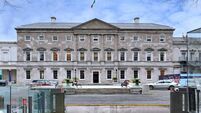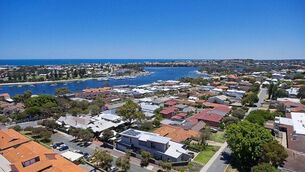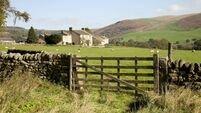Origin of the Irish species and the dangerous fallacy of racial purity
Several historians, scholars and archaeologists of late have now questioned, and quite rightly, the idea of Ireland as a 'Celtic nation' and having become so as a result of a large-scale invasion.
In the 1940s, Kenneth Jackson published an article on the early Irish sagas, A Window On The Iron Age, in which he purported that sagas such as The Táin accurately reflected the situation in Ireland before the coming of Christianity. However, archaeological investigations in this period reflect a different story.











